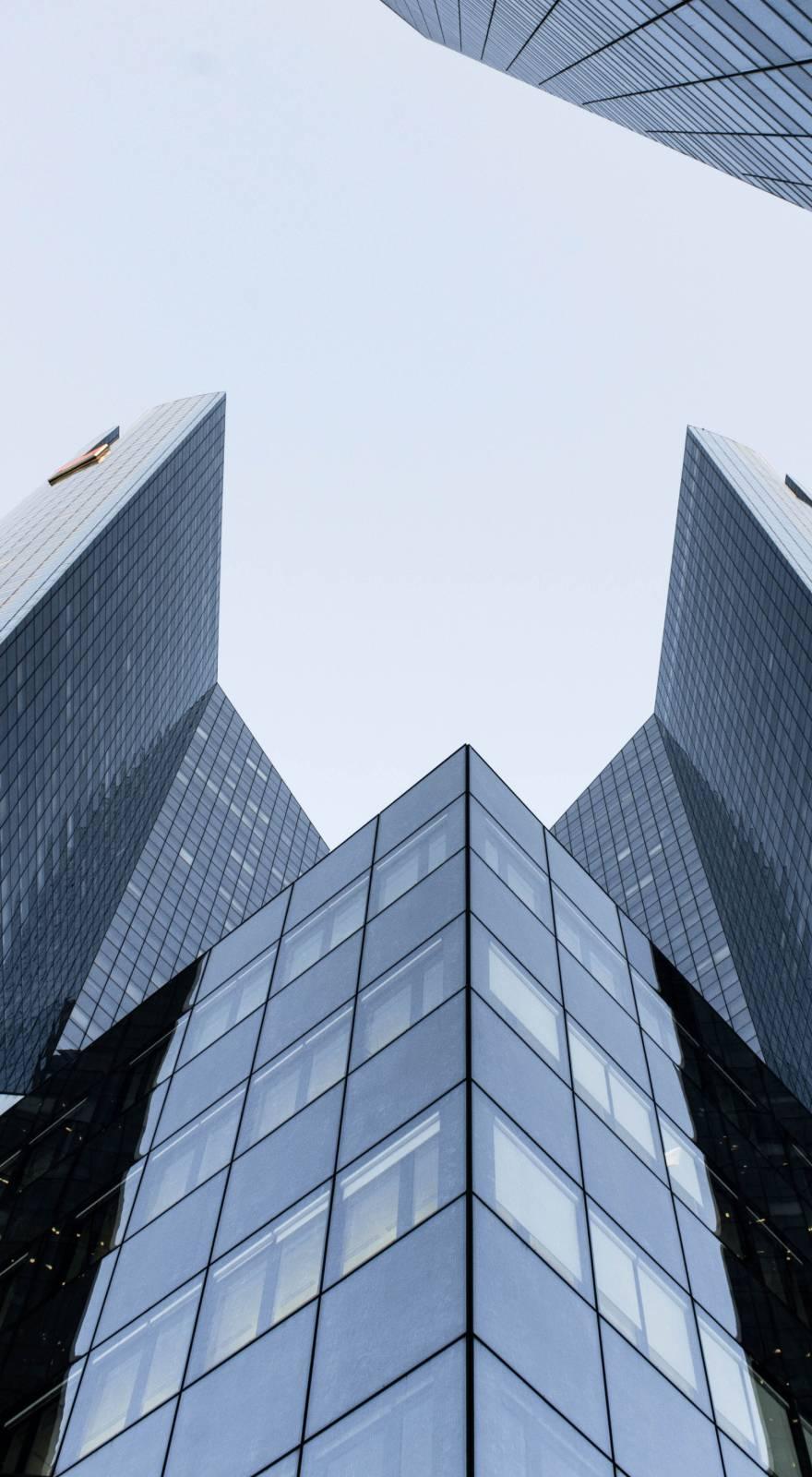Knowde Enhanced TDS
Identification & Functionality
- Chemical Family
- Fillers Included
- Polymer Name
- Technologies
- Product Families
Features & Benefits
- Materials Features
- Features and Benefits
- Available in white, tan or gray
- Comes in a variety of thicknesses including 100, 115 and 135-mil
- Provides weatherability and strong resistance to UV rays and common rooftop chemicals.
- Weathering, UV resistance and heat-aging properties
- Puncture resistance
- Longer warranties as compared to other systems
- Install flexibility due to the many options for securement
Applications & Uses
- Markets
- Applications
- Method of Application
- Substrates must be clean, dry, smooth, and free of sharp edges, fins, loose or foreign materials, oil, grease, and other materials that may damage the membrane.
- All rough surfaces that can damage the membrane shall be repaired as specified to offer a smooth substrate.
- All surface voids greater than 1⁄4" (6.3 mm) wide shall be properly filled with an acceptable fill material.
- UltraPly TPO XR membrane may be fully adhered using Firestone XR Bonding Adhesive, I.S.O.SprayTM R Insulation Adhesive or hot asphalt; or adhered in adhesive beads using XR StickTM Adhesive. UltraPly TPO XR Membrane can also be mechanically attached.
Properties
- Physical Form
- Typical Properties
- Radiative Properties
Cool Roof Rating Council (CRRC):
Initial/ 3 YearWhite Tan Light Tan* (HR) Gray Solar Reflectance 0.79/0.69 0.61/0.55 0.73/0.63 0.34/0.34 Thermal Emittance 0.85/0.83 0.81/0.84 0.90/0.90 0.89/0.88 Solar Reflectance Index (SRI) 98/83 71/63 90/77 37/36 Rated Product ID 0008 0015 TBD 0032 Licensed Manufacturer ID 0608 0608 TBD 0608 Classification Production Line Production Line Production Line Production Line
| Value | Units | Test Method / Conditions | |
| Overall Thickness | 0.080 ± 10% | in | D 751 |
| Coating Over Scrim | 0.033 | in | D 7635 |
| Breaking Strength | 460 | lbf | D 751 |
| Elongation of Reinforcement Break | 25 | — | D 751 |
| Tearing Strength | 120 | lbf | D 751 |
| Brittleness Point | Pass | °F | D 2137 |
| Ozone Resistance, No Cracks | Pass | — | D1149 |
| Breaking Strength (After Heat Aging ASTM D 573-5376 h (224 days or 32 weeks) at 240 °F (116 °C)) | min. 90 | % | D 751 |
| Elongation at Break (After Heat Aging ASTM D 573-5376 h (224 days or 32 weeks) at 240 °F (116 °C)) | min. 90 | % | D 751 |
| Tearing Strength (After Heat Aging ASTM D 573-5376 h (224 days or 32 weeks) at 240 °F (116 °C)) | min. 60 | % | D 751 |
| Weight of Change (After Heat Aging ASTM D 573-5376 h (224 days or 32 weeks) at 240 °F (116 °C)) | max. 1 | % | — |
| Linear Dimension Change (6 h at 158 °F (70 °C)) | max. 1 | % | D 1204 |
| Water Absorption (After Heat Aging ASTM D 573-5376 h (224 days or 32 weeks) at 240 °F (116 °C)) | max. 3 | % | G 155 |
| Weather Resistance (176 °F (80 °C) Black Panel, no cracking, crazing when wrapped around a 3" (76.2 mm) mandrel and inspected at 7X magnification) | min. 60,000 | kJ/m2 | D 471 |
| Puncture Resistance (After Heat Aging ASTM D 573-5376 h (224 days or 32 weeks) at 240 °F (116 °C)) | 450 | lbf | FTM 101C, Method 2031 |
| Dynamic Puncture Resistance CD (After Heat Aging ASTM D 573-5376 h (224 days or 32 weeks) at 240 °F (116 °C)) | 60 | J | D 5635 |
| Static Puncture Resistance (After Heat Aging ASTM D 573-5376 h (224 days or 32 weeks) at 240 °F (116 °C)) | 25 | kg | D 5602 |
Storage & Handling
- Storage
- Store away from sources of punctures and physical damage.
- Assure that structural decking will support the loads incurred by material when stored on rooftop. The deck load limitations should be specified by the project designer.
- Store away from ignition sources as membrane will burn when exposed to open flame.

